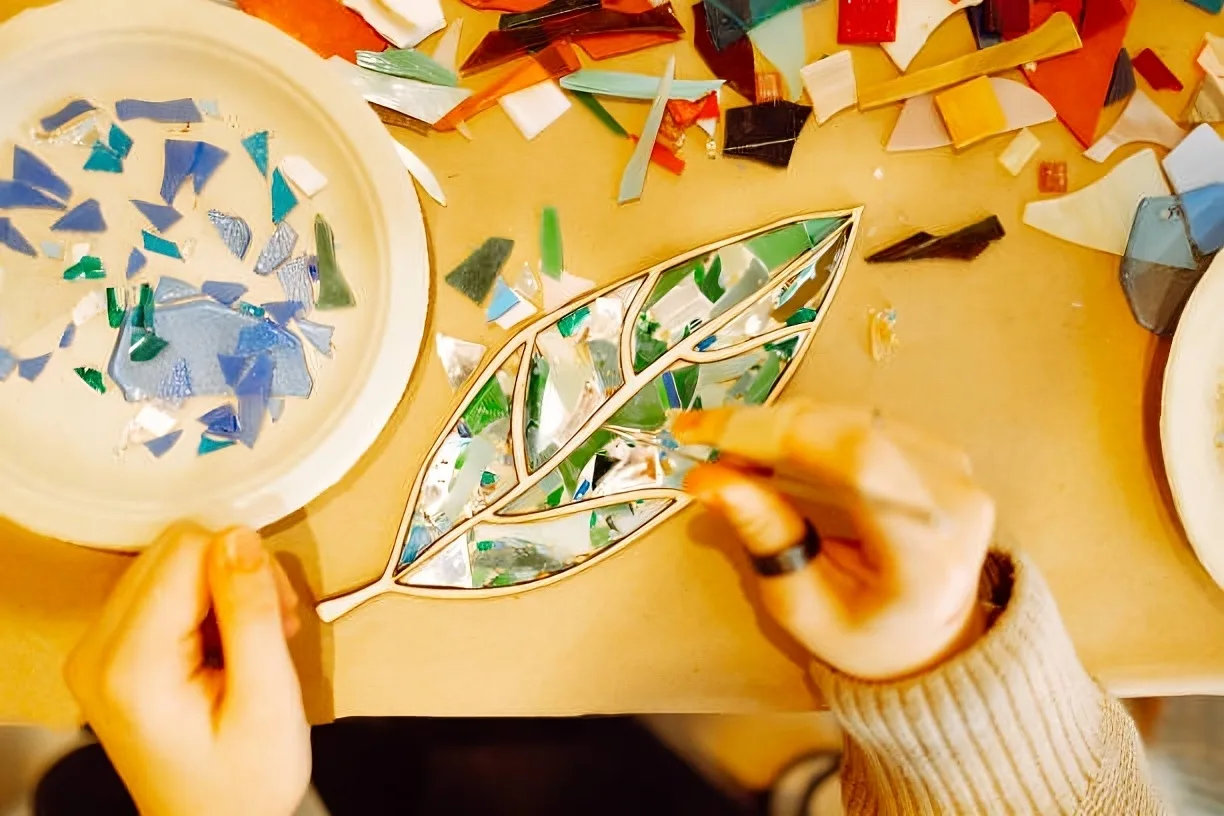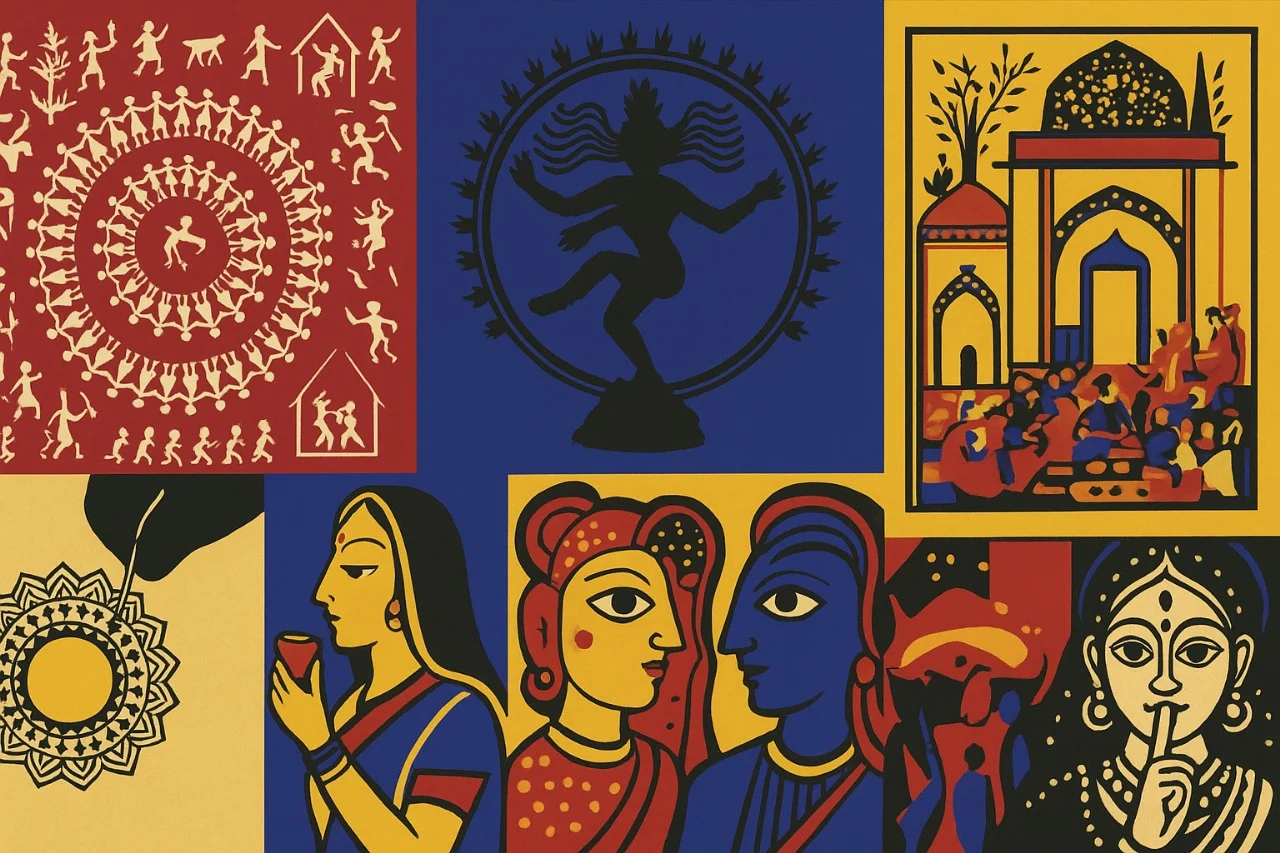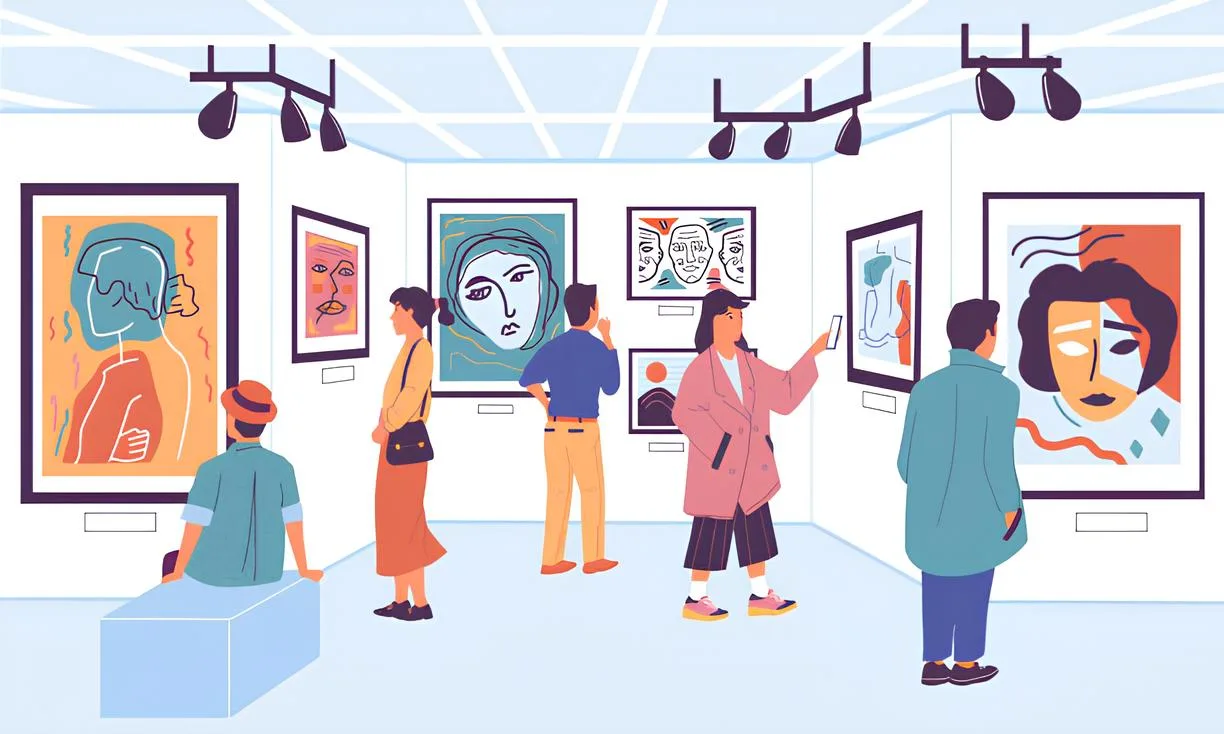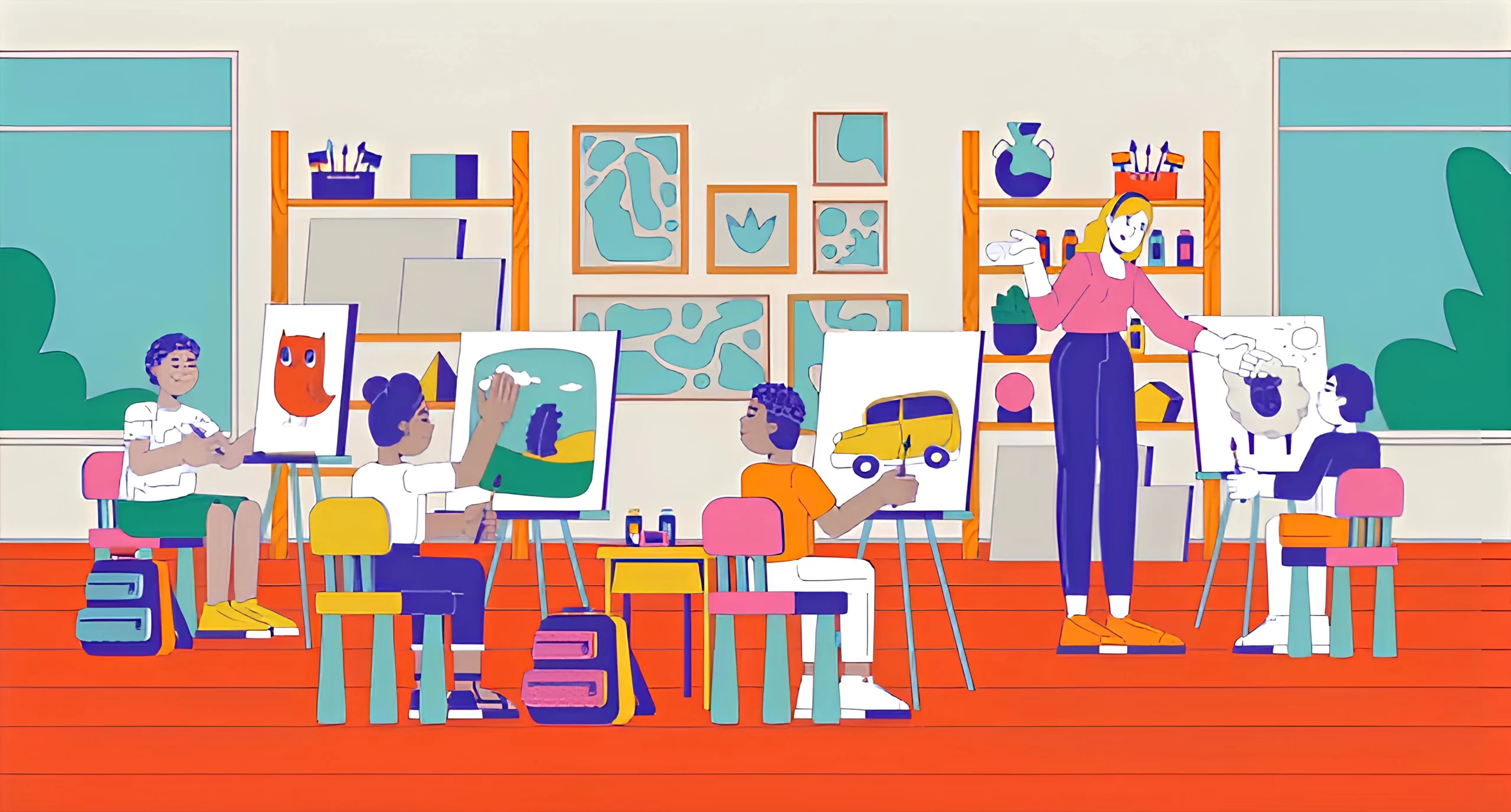Introduction
“The Earth without art is just ‘Eh.’”
— Unknown
At We-Learn, a leading hub for art classes in Mumbai, creativity meets consciousness. From sketches to installations, students here aren’t just making art, they’re making a difference. We believe the next big idea doesn’t just look good, it does good. And it starts by asking: Can creativity help save the planet?
Sustainability as a Mindset in Every Art Class
In our fine arts classes and design workshops, sustainability isn’t an afterthought, it’s the foundation. We don’t just teach how to create, we teach why to create. Every student is encouraged to evaluate the life cycle of their materials. Can they reuse it? Repurpose it? Replace it with something greener?
From the first sketch to the final prototype, our art and craft classes in Mumbai are filled with critical conversations, guided by mentors who push students to think deeper and design smarter.
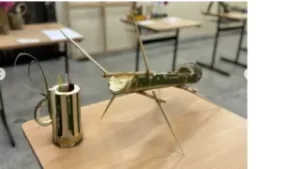 Real Students. Real Impact.
Real Students. Real Impact.
Take Alliya, for example. Interested in urban interior and furniture design, she once gravitated toward shiny, synthetic materials. But through We-Learn’s eco-conscious design classes, she discovered the power of bamboo, a fast-renewable resource. After prototyping a bamboo pen stand, she won a design competition and launched her own brand, Ethical Edge. “We-Learn didn’t just tell me bamboo was good,”she shares. “They helped me compare, test finishes, and understand its durability.”
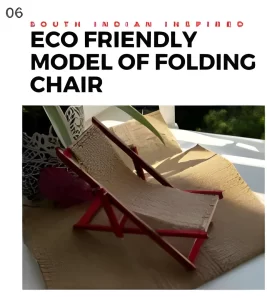 Prototyping Purpose: From Solar Filters to Foldable Chairs
Prototyping Purpose: From Solar Filters to Foldable Chairs
Samarth’s idea for a solar-powered RO/UV water purifier started as a sketch. With mentor support and sustainable product design training, he turned it into a functional prototype using recycled parts. “They challenged me to ask ‘Why solar?’ and guided me through every technical decision,” he says.
Sumer, inspired by traditional South Indian furniture, designed a fully wooden, foldable chair. “We-Learn’s ‘what-if’ sessions pushed me to think beyond looks, into structure, sustainability, and story,” he recalls.
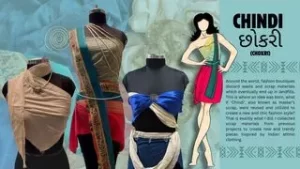 From Waste to Wonder: The Fashion of the Future
From Waste to Wonder: The Fashion of the Future
Our fashion design classes are steeped in sustainability. One group project began with fabric waste collected from local homes. With dyeing, layering, and a lot of creativity, students turned scraps into statement garments. “We kept running into problems,” said Nayesha. “But the team kept suggesting new paths, it made the outcome so much more meaningful.”
Jayaditya’s chindi-inspired ethnic fashion line was another showstopper. “We-Learn helped me understand the fashion industry’s waste, and reimagine that waste into wearable, powerful statements,”he shares.
Experimental, Bold, and Paper-Made
Yuvika created a Bridgerton-inspired dress entirely from papier-mâché. “I doubted the material could holdshape,” she says. “But my mentors helped me prototype bodices. Their support turned hesitation into innovation.”
Gehna followed suit, designing a bustier from papier-mâché and a skirt with woven paper strips. “They let me fail and try again until it worked,” she says. These are the kinds of sustainable fashion experiments we foster in our creative labs.
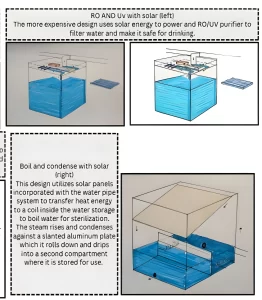 EcoTether: Designing for Real-World Impact
EcoTether: Designing for Real-World Impact
In our sustainable product design sessions, Dhriti developed EcoTether, a two-chamber recycling station with a donation feature and built-in rewards. “We mapped real-world behavior,” she explains. “And We-Learn challenged me to think like a user, not just a designer.”
Art That Makes You Think, And Act
Whether it’s dyeing fabrics with vegetables in our craft classes, using found materials in kids’ art sessions, or hosting zero-waste fashion pop-ups, We-Learn students are constantly encouraged to connect beauty with purpose. Every question, from “Is this safe?” to “Does it truly reduce harm?” leads to sharper, more thoughtful design.
Creating Career Pathways in Sustainable Creativity
Students from We-Learn are already preparing for future-forward careers in:
● Eco-conscious fashion and textile design
● Sustainable architecture and interior design
● Zero-waste furniture design
● Biomaterial-based product development
● Upcycled art installations
● Branding and design strategy for green businesses
Global industries are actively seeking creatives who understand materials, ethics, and aesthetics. Our art classes in Mumbai ensure students are ready.
Conclusion: Designing with Heart, Not Just Skill
At We-Learn, sustainability isn’t the finish line, it’s where we begin. For the student who dreams in recycled cardboard, for the artist who wonders how color can meet conscience, this is your space.
Because art with impact is more than a trend, it’s the future. And at We-Learn, we’re already building it. One project, one problem, one planet-friendly idea at a time.

